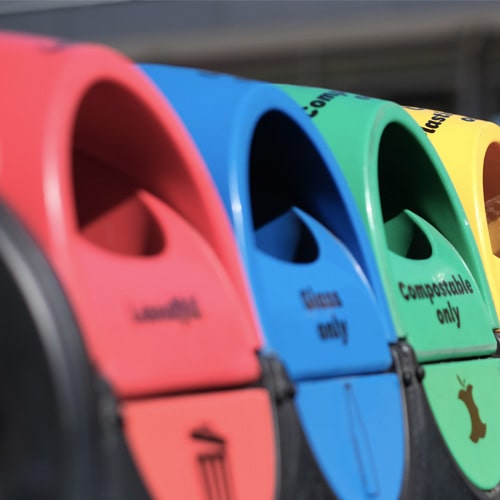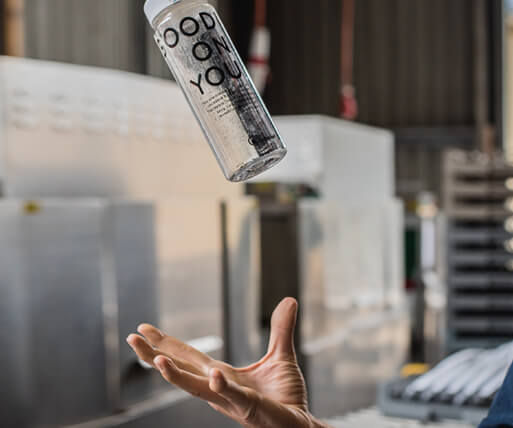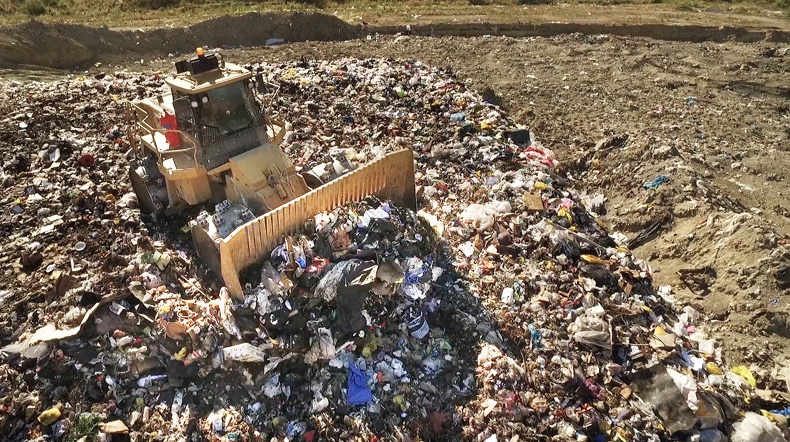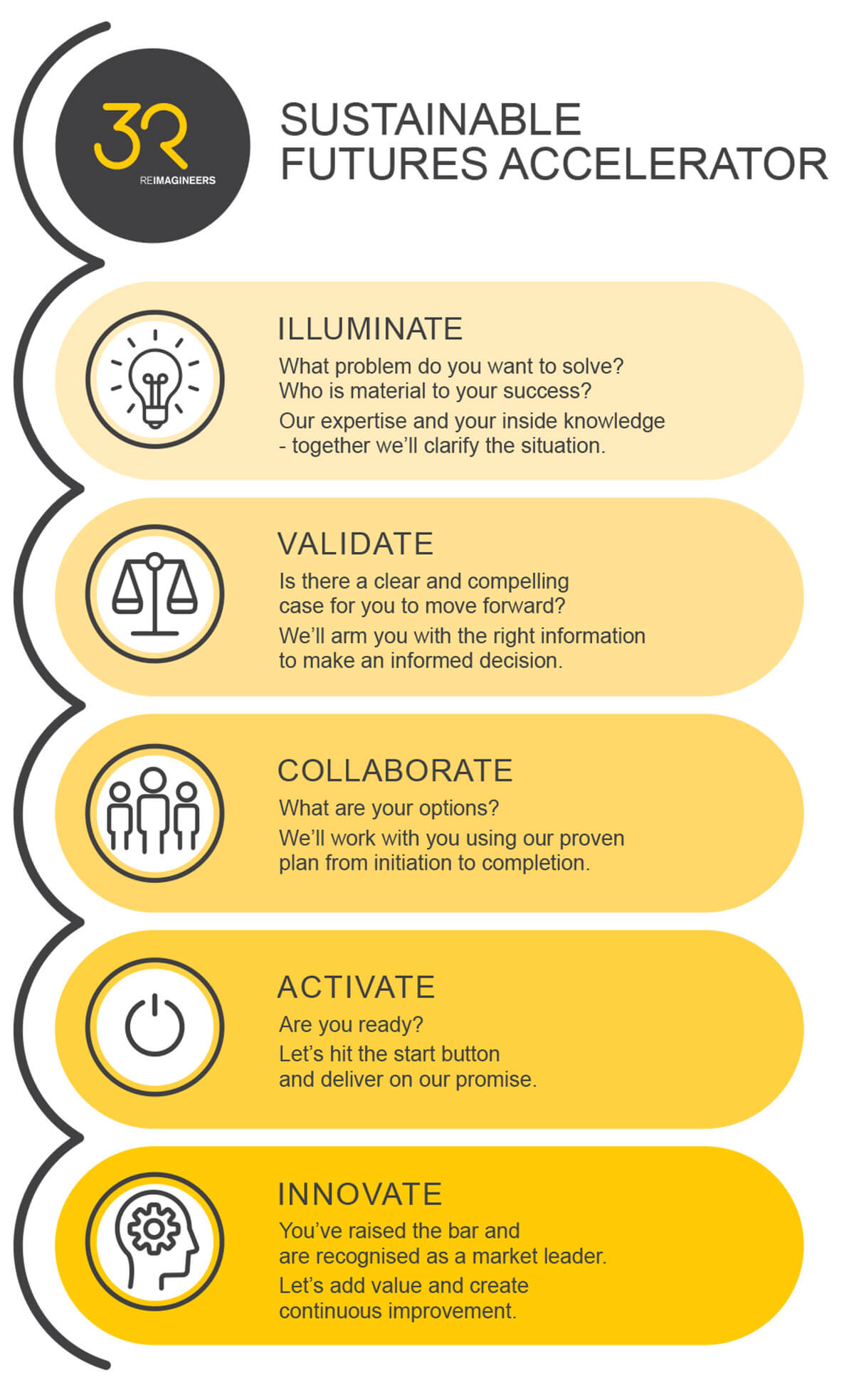Waste levy increase a big step, but just the first
Just like water flows to the lowest point so waste flows to the lowest cost. The announcement by Government that it will increase and expand the waste levy is therefore an important step in tackling waste in New Zealand.
Aotearoa has a “clean, green” reputation, but the reality is Kiwis have one of the highest rates of waste production per capita in the world. Having a levy of just $10 a tonne – one of the lowest in the OECD – which is applied to only a limited number of landfills is doing little to help, both in terms of discouraging waste to landfill and funding waste minimisation initiatives.
Government’s plan to progressively increase the levy over four years to $60 a tonne, starting on 1 July 2021, sends a clear signal that landfill should no longer be our first option.
However, it’s important to remember you can’t drive behaviour change without providing the infrastructure that gives us the ability to make a better choice.
That’s where the announced $124 million in Government investment in recycling infrastructure comes in. It’s a very welcome move signalling Government is serious about working with industry to reduce waste and increase onshore recycling infrastructure that will create jobs for New Zealanders.
Applying the levy to other landfill types from July 2022 will provide a major revenue boost to the Waste Minimisation Fund, taking it from the current $10-$12 million to around $276 million. Extending the levy to construction and demolition landfills is a big step as this sector accounts for around half of all the waste the country sends to landfill. To put things in perspective the current levy only applies to municipal waste (class 1 landfills) which accounts for around one-third of waste going to landfill.
Something detractors of the increase need to keep in mind is the additional funding will be used to get waste reduction and recovery projects off the ground. Increasing New Zealand’s ability to innovate, reuse and recycle our waste will lead to a reduction in the need to send it to the landfill in the first place. It’s a cycle aimed at ending waste altogether.
However, this is just the start. We would like to see Government clearly indicate its intention after the four-year phase-in is complete as this will provide business more diversion options. It will also encourage waste producers to seek out alternatives to landfilling if they know that waste disposal costs are likely to increase further.
The by-products of recycling will also need to be given special consideration as applying the same levy to them may discourage onshore recycling. However, care will need to be taken to avoid a backdoor which allows waste disposal via recycling operations.
Lastly, but certainly not least, a consistent nationalised approach to data collection and analysis is essential. Improving waste data would positively impact our ability to meaningfully address the issue of waste as a nation, develop effective strategy, inform the design of product stewardship schemes and enable the shift to circular economy.







